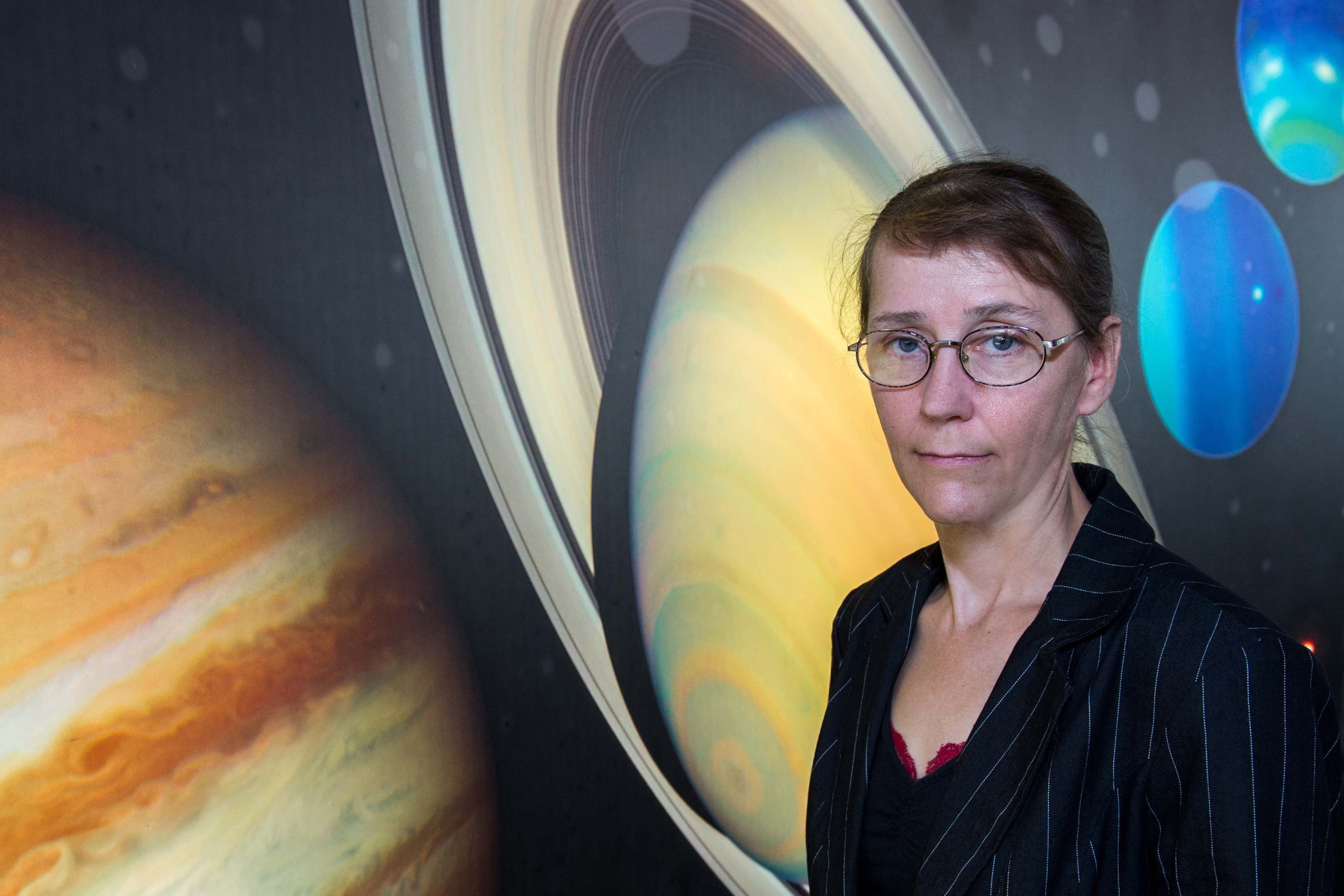Mission: Protecting the Planet
-
-
MIT Technology Review
Filed Under
Recommended

When the space shuttle Columbia disintegrated during reentry in 2003, the disaster killed the human crew of seven—but not every creature onboard.
A collection of roundworms (a.k.a. nematodes) survived and was found in the debris, surprising everyone and prompting Catharine Conley ’88—principal investigator on the experiment—to publish a paper on the implications for astrobiology. It also led Conley to a new NASA role: planetary protection officer.
“Planetary protection is about trying to prevent Earth organisms from getting to other planets and, more importantly, making sure there’s nothing nasty when you bring material back to Earth,” says Conley, who held the job from 2006 to 2017 and helped ensure US compliance with the Outer Space Treaty, the international agreement that governs space exploration.
Conley got an early start on science thanks to a geneticist mother and mathematician father, and then completed two MIT majors—in biology and the humanities, focusing on Russian and French translation—and two bachelor’s degrees. That language study would prove useful: “Translation is essential when communicating with people from very different backgrounds—politicians, managers, bureaucrats, engineers, scientists—so for being planetary protection officer that was probably my most valuable training.”
After earning a PhD in plant sciences from Cornell, Conley studied a protein involved in muscle contraction as a postdoc at the Scripps Research Institute. That work led to NASA, where the Columbia experiment was designed to test the effects of low gravity on nematodes’ muscle tissue (muscle atrophy is a known problem for astronauts).
As the nematodes showed, Earth organisms are hard to kill. So a planetary protection officer must develop protocols not only to prevent biological contamination here but also to ensure that any “alien” life forms discovered elsewhere aren’t actually from Earth. “We have found signs of intelligent life on Mars,” Conley notes wryly. “But it’s us.”
Some scientists theorize that life on Earth actually came from Mars, Conley points out, which would increase the risk of importing something infectious: novel yet related organisms can quickly wreak havoc, as the recent pandemic illustrated.
Conley is currently visiting at the Carnegie Institution for Science, working to develop an analytical framework for assessing whether a space sample is indigenous life, Earth contamination, or just chemistry.
This story also appears in the September/October issue of MIT Alumni News magazine, published by MIT Technology Review.
Photo: NASA/GSFC B. Hyrbyk







